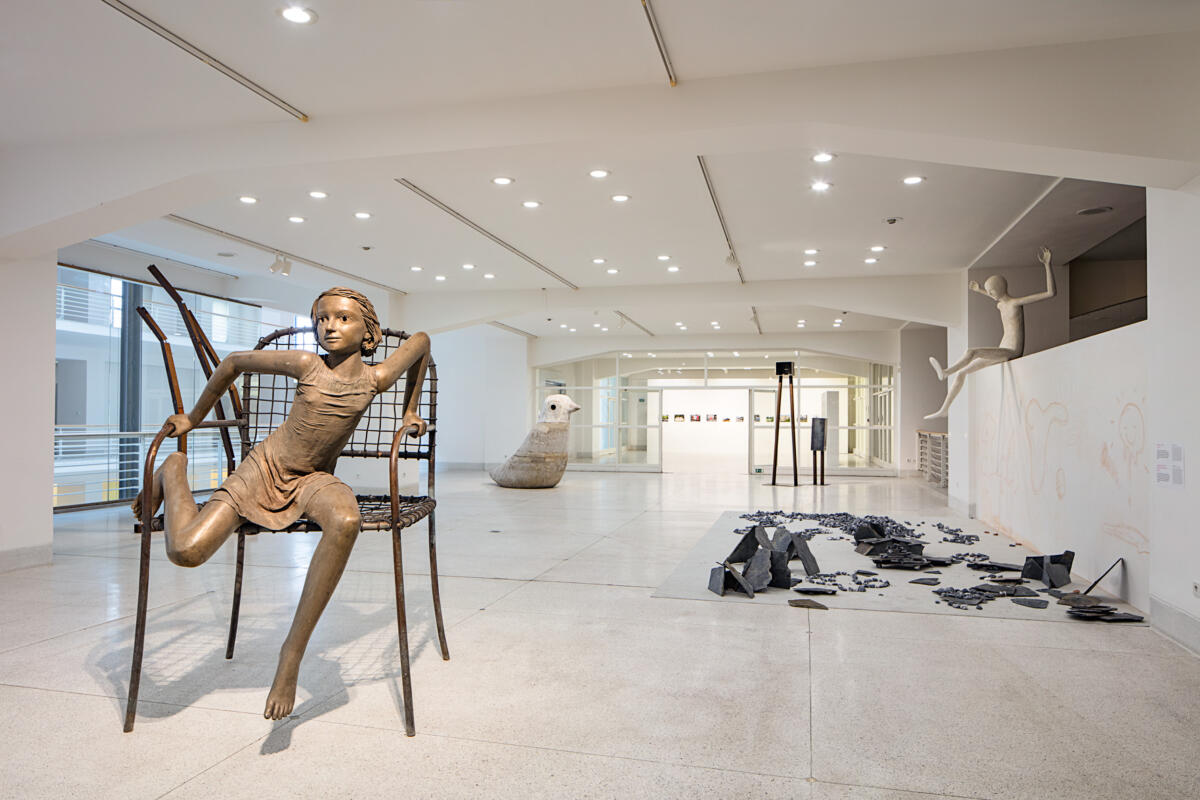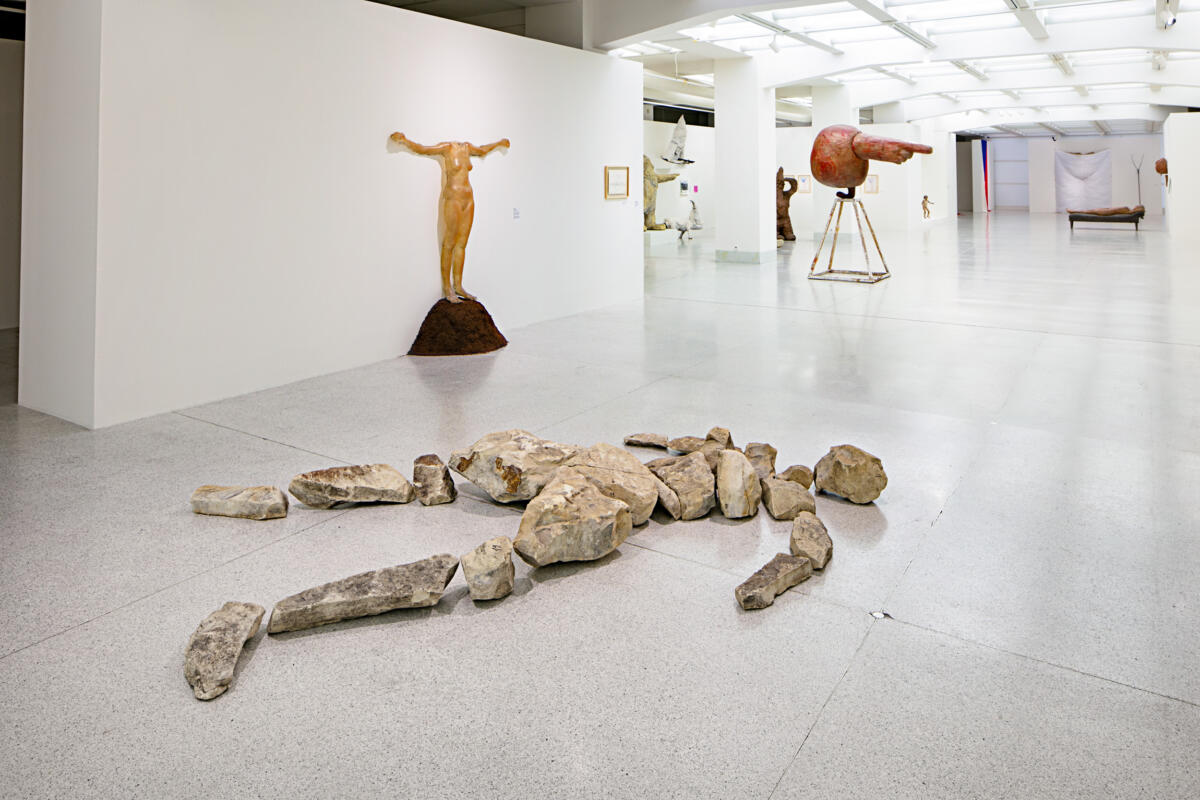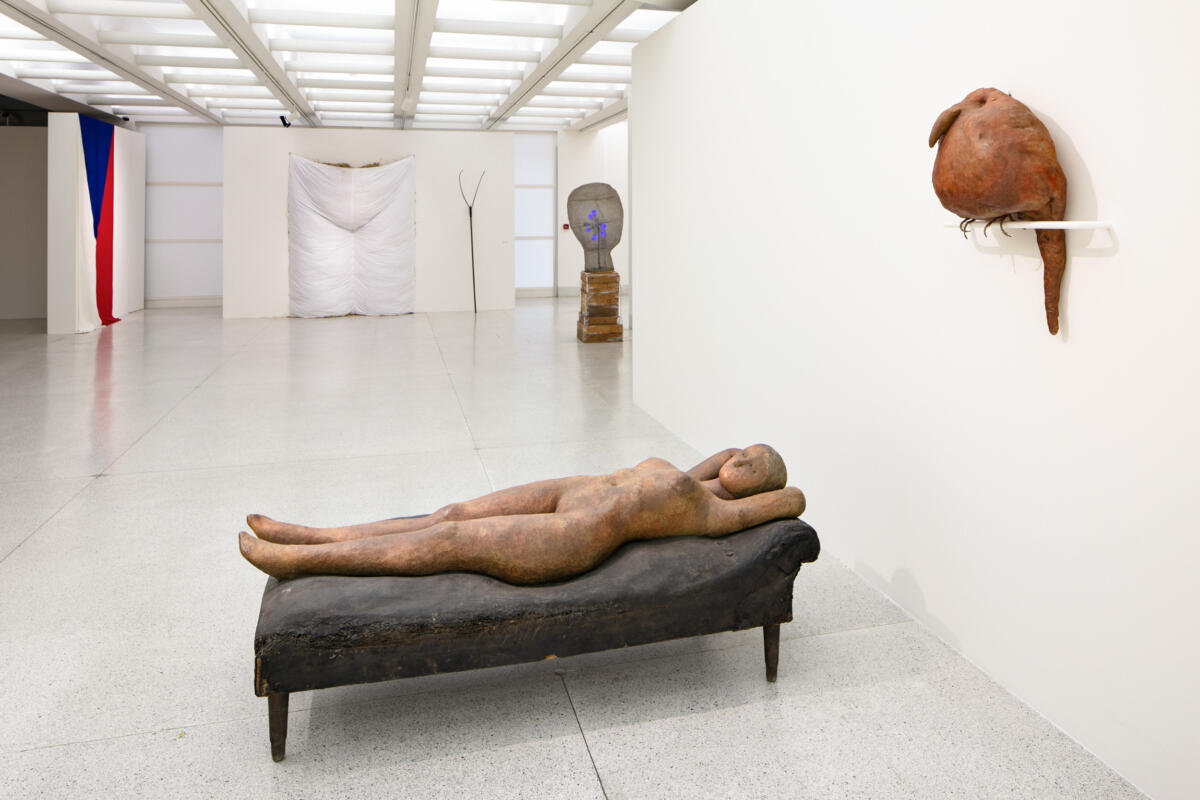![[EN/CZ] Kurt Gebauer at National Gallery in Prague](https://blokmagazine.com/wp-content/uploads/2021/01/13-kurt-gebauer-vystava-photo-2020-jakub-precechtel-1200x800.jpeg)
[EN]
Kurt Gebauer (born 1941) explains his mission in life, with ambiguous exaggeration, as that of a “municipal sculptor”. For six decades he has cultivated and occupied the public space, for most of that time even if it cost him his own position. His hard-to-understand concept of live figuration confused not just the political censors of the previous communist regime, but also the art scene itself. His meticulous studies of the lived reality of the human body – sometimes a celebration of joyful life and nature, at other times accusing society of absurdity in a grotesque, ironic, poetically sad way – rank him among the great figures of the 20th century for his embodiment of the characteristic features of the “little great man”. These are the figures who do not change history by force, but through storytelling, gentle humor, and deep humanity.
This exhibition features the most comprehensive collection of works by this sculptor-painter ever presented so far, who has been developing, changing and revisiting several overlapping techniques and themes all his life. We have opted for a chronological retrospective display, without breaking the exhibition into individual chapters, so there will be a continuous flow with repetitions that speak for themselves. Whether depicting the floating bodies and minds of swimmers and floating figures, the throbbing, pulsating quality of girls’ lives on the threshold between childhood and adulthood, or the rigid and pretentious gestures and bodies of conventional memorials, the depth of his satirical allegories and interventions into public space is elaborated into such simplicity and lightness that his works always evoke a smile. However, with that typical Czech awareness of one’s own finitude, nothingness always remains within reach in his works as well.
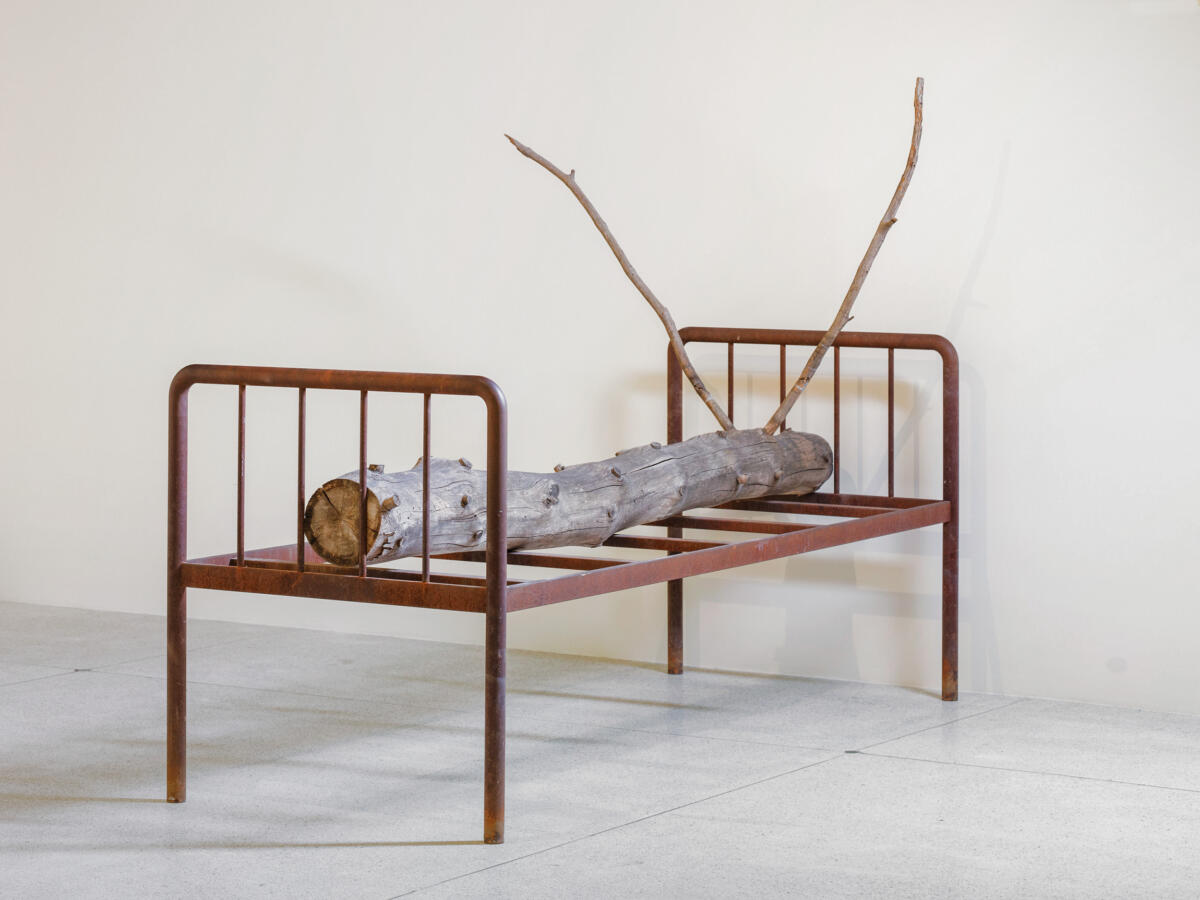

Monsters, a group of sculptures consisting of human heads with frowning faces made from softened stone blocks sometimes with their mouths open, was inaugurated at the Dědina housing estate in Prague as a children’s playground in 1989 just months before the Velvet Revolution. The fat heads, confidently looking downhill at the gray housing estate below, with small children crawling up to their tops to this day, could hardly have been a more literal parody of the senior officials of the past regime. And yet, Gebauer was not prosecuted for Monsters, in which he parodied the bigwigs, he was actually paid for their material from the budget for the construction of the housing estate, which took place in the 1980s. Although Monsters is just one example of the many battles for the public space that Gebauer has managed to win by dodging, persevering and being stubborn, it is also one of the best testimonies to the effectiveness of his method, the way in which he can tell the whole story in a simple sculptural form, miraculously vivifying material and imbuing the polished simplicity of the original motif with multi-layered meaning.
There is probably more than one reason why Gebauer was not persecuted outright even though he can be considered one of the few artists to truly criticize the communist regime. In addition to the low impact and low respect that fine art still has in Czech society, it was probably also due to the lack of competence among the repressive forces as well as his unanchored nomadism. Figuration, which because of Socialist Realism had not held a strong position in Czech sculpture since the 1960s – especially Gebauer’s figuration dealing with secular themes that were constantly balancing in terms of form on the edge of popular taste – is not very common in Czech and Central European art. However, Gebauer also stands apart from other artists of the Czech Grotesque in that his work is not fundamentally ironic, but rather poetically humorous; it is not just critical, but also somehow always compassionate. The reason why, despite the interventions of the censors, no criminal proceedings against Gebauer have ever taken place, is not just that it is hard to put him in a box, but also that in an eventual public hearing the regime would have had to question its own proclaimed folksy character and, most importantly, admit that the allegorically apt character of Gebauer’s animals, monsters and dwarves was actually based on a similarity that was undoubtedly real.
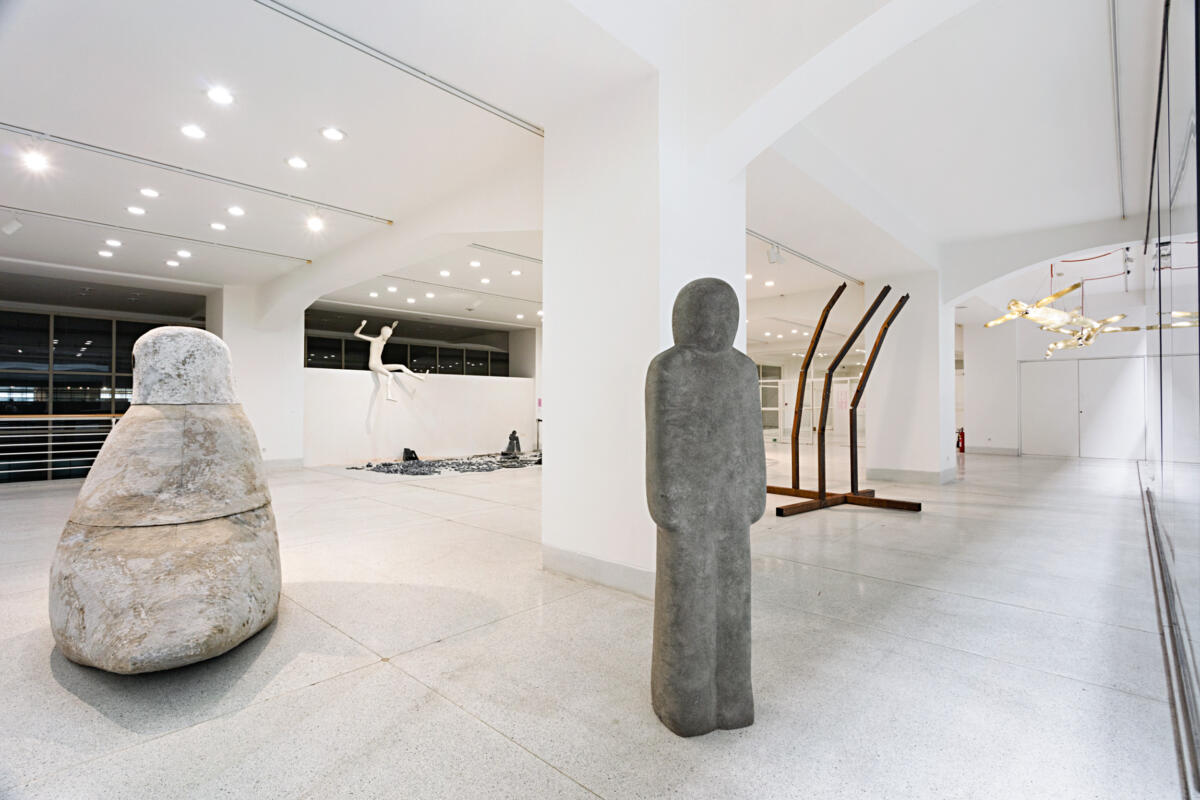
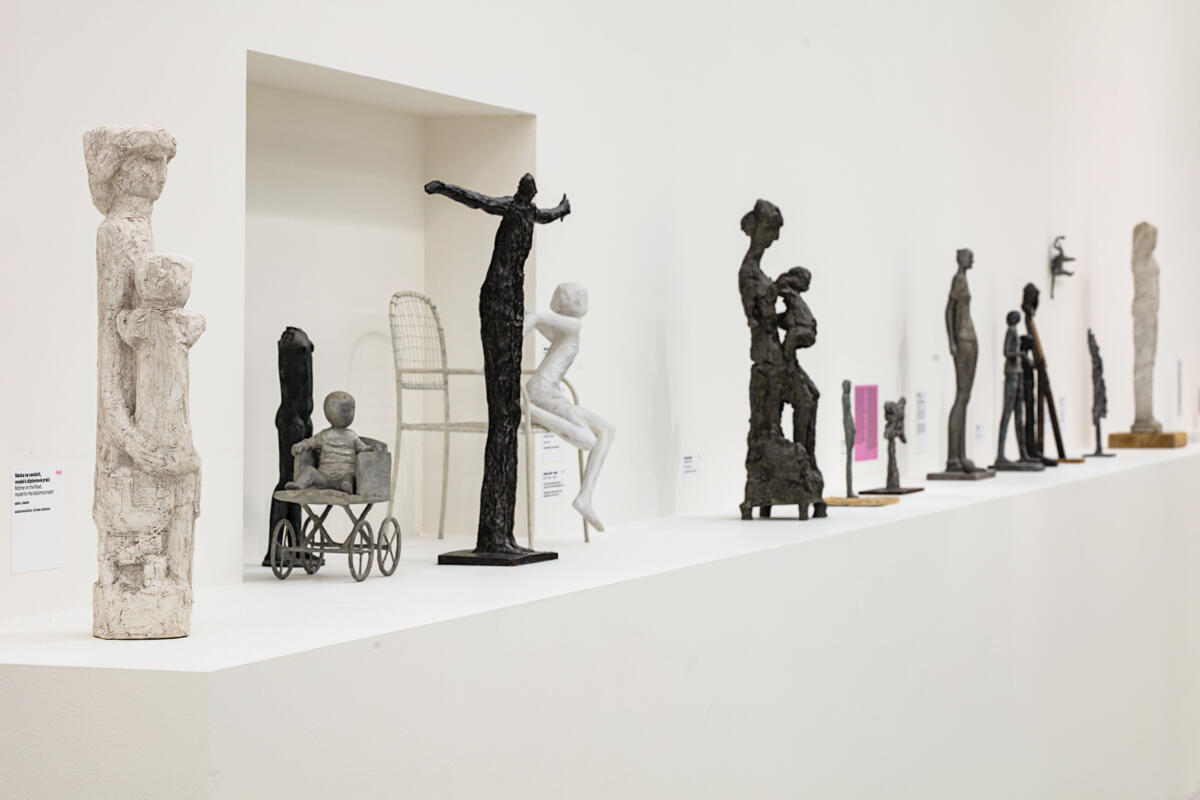
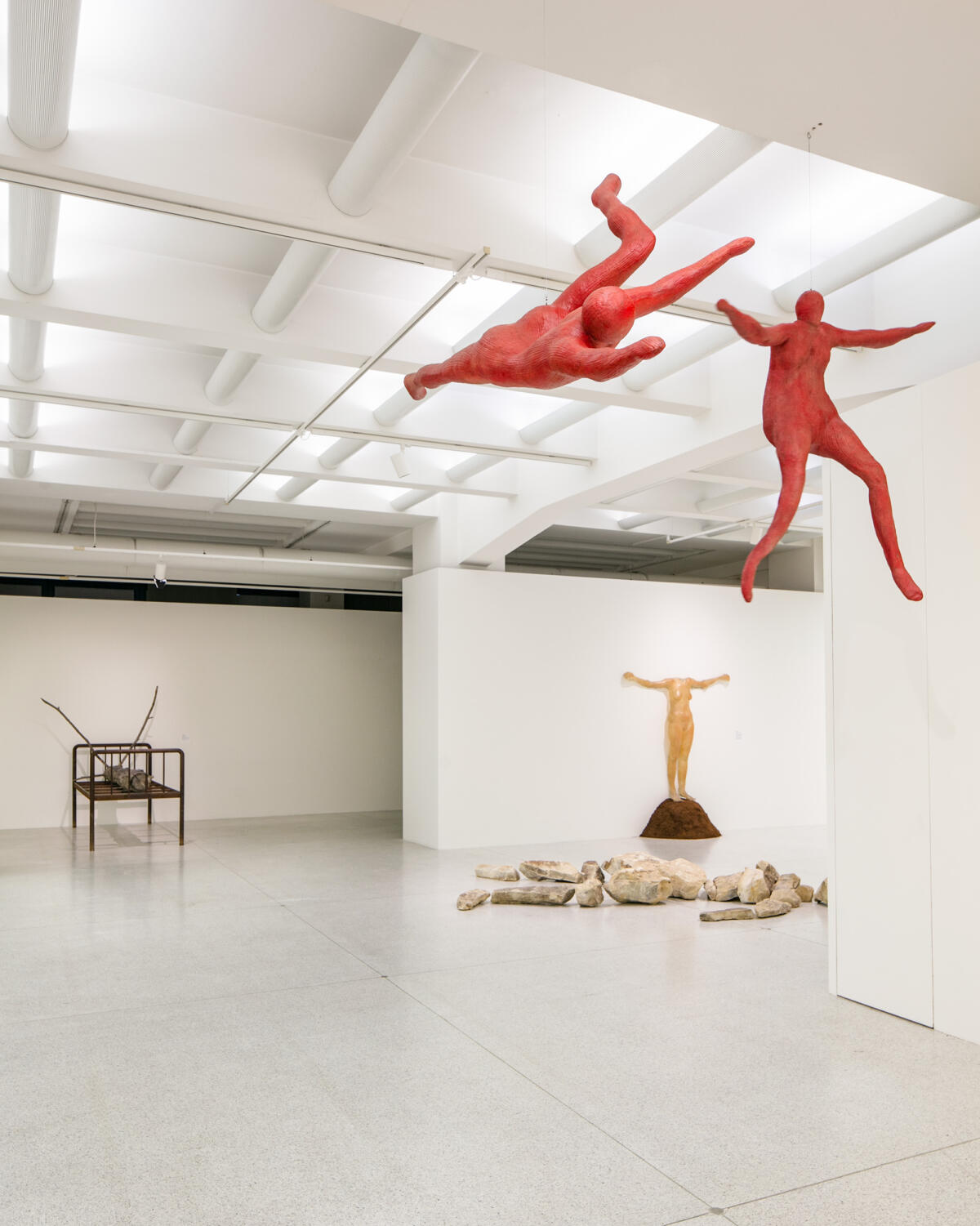
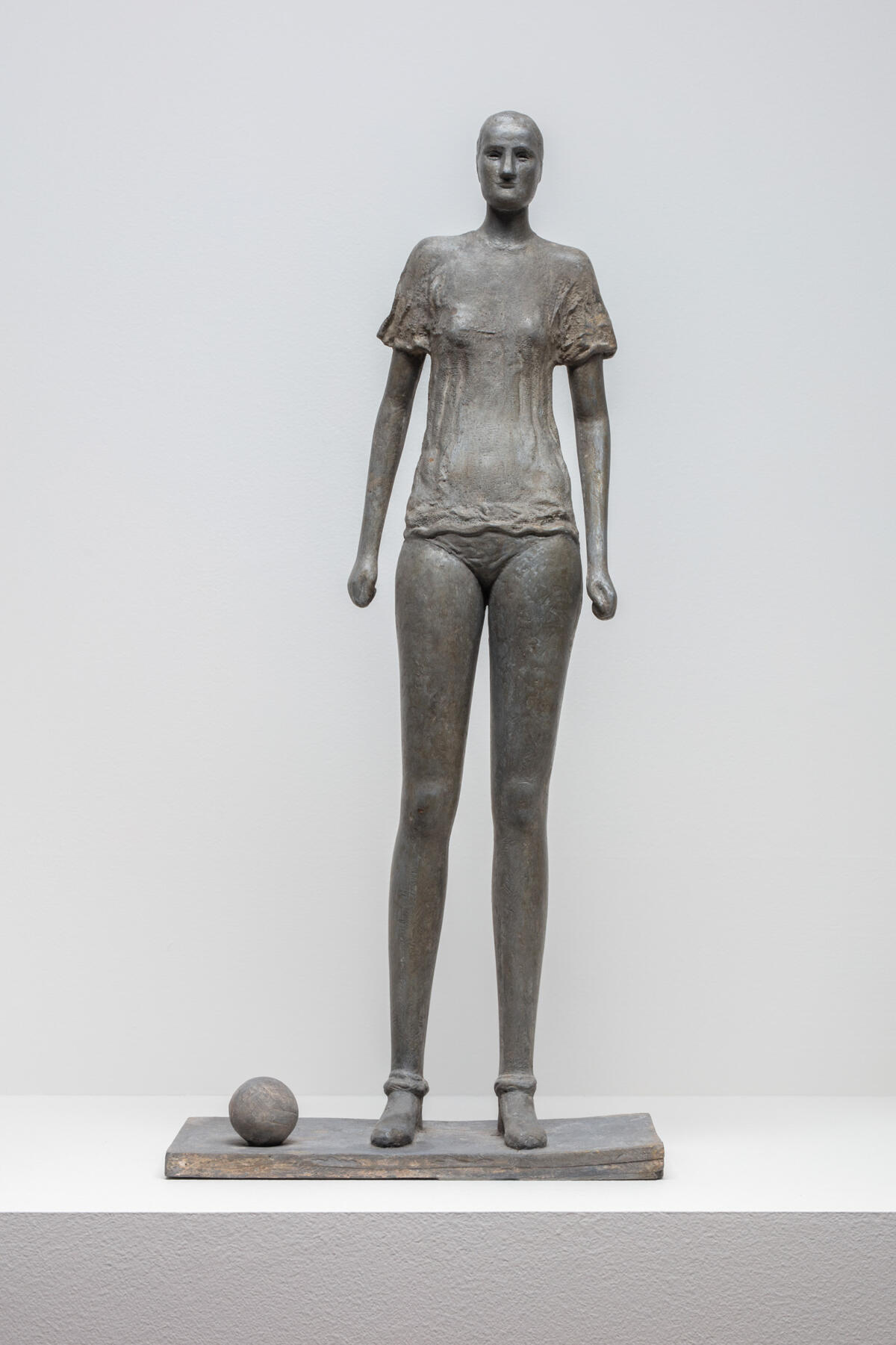

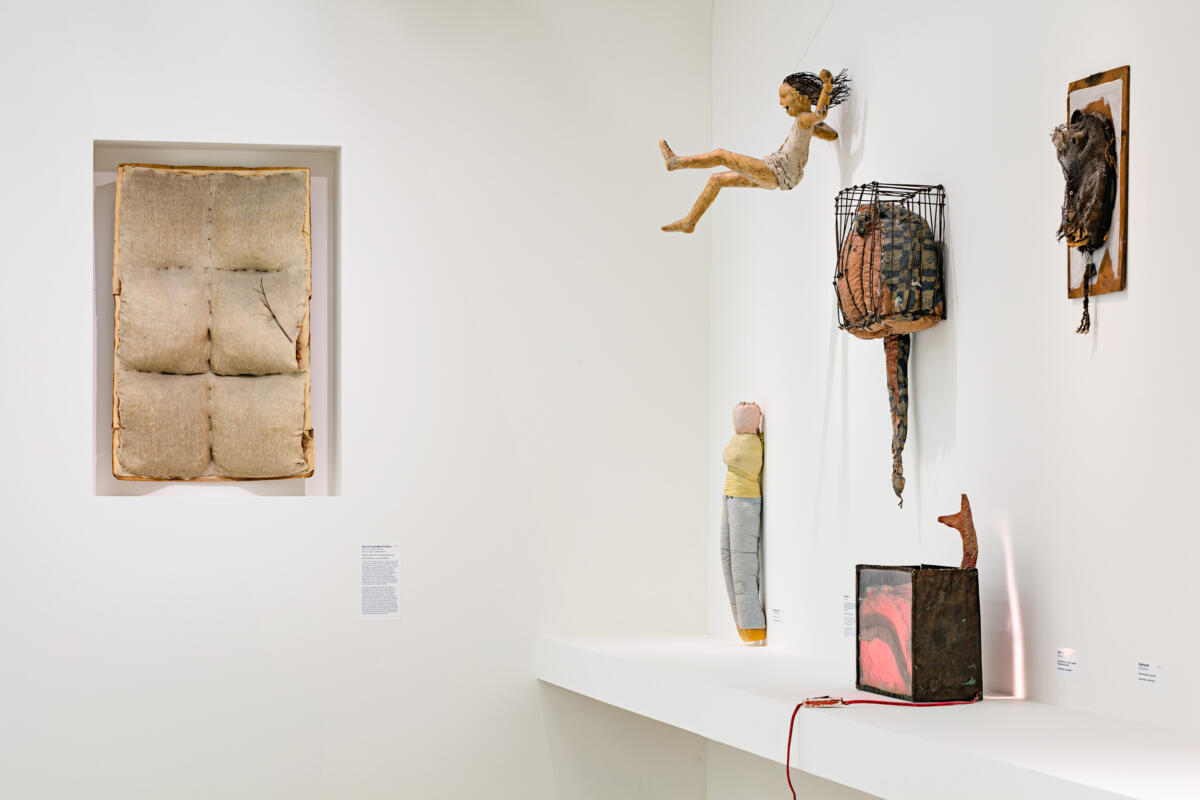
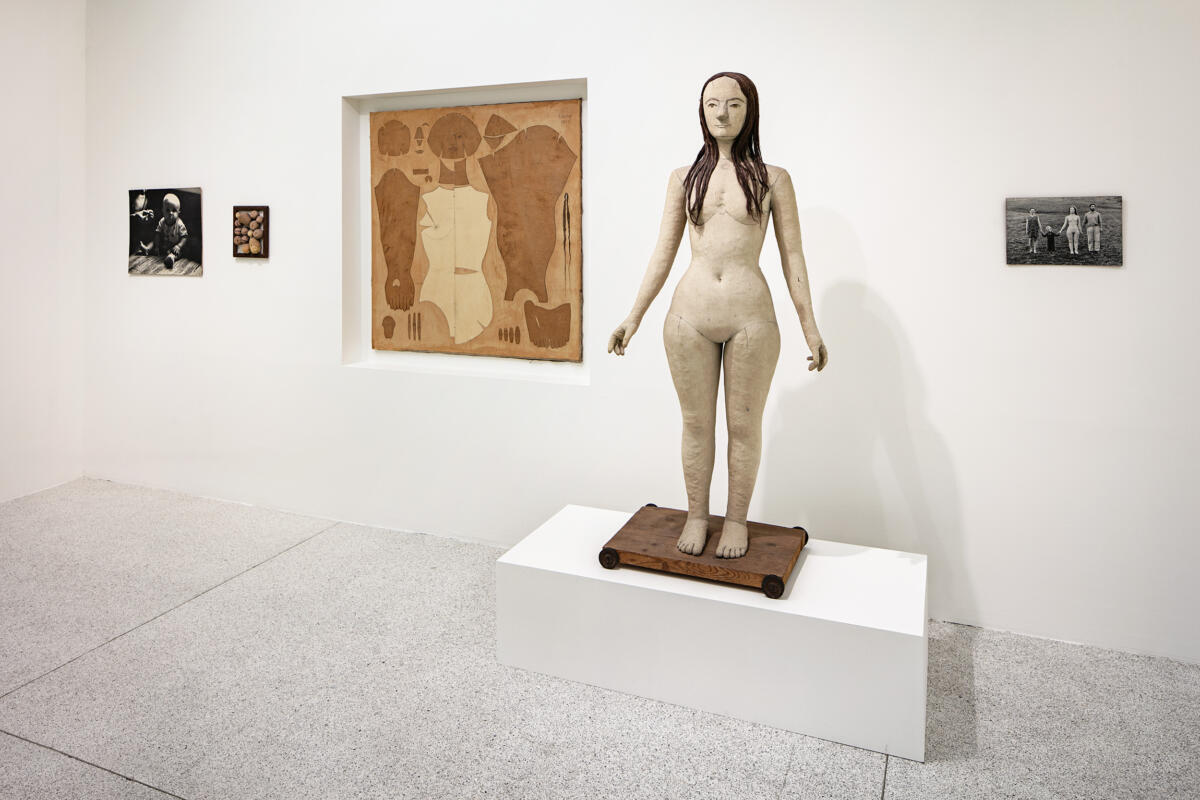
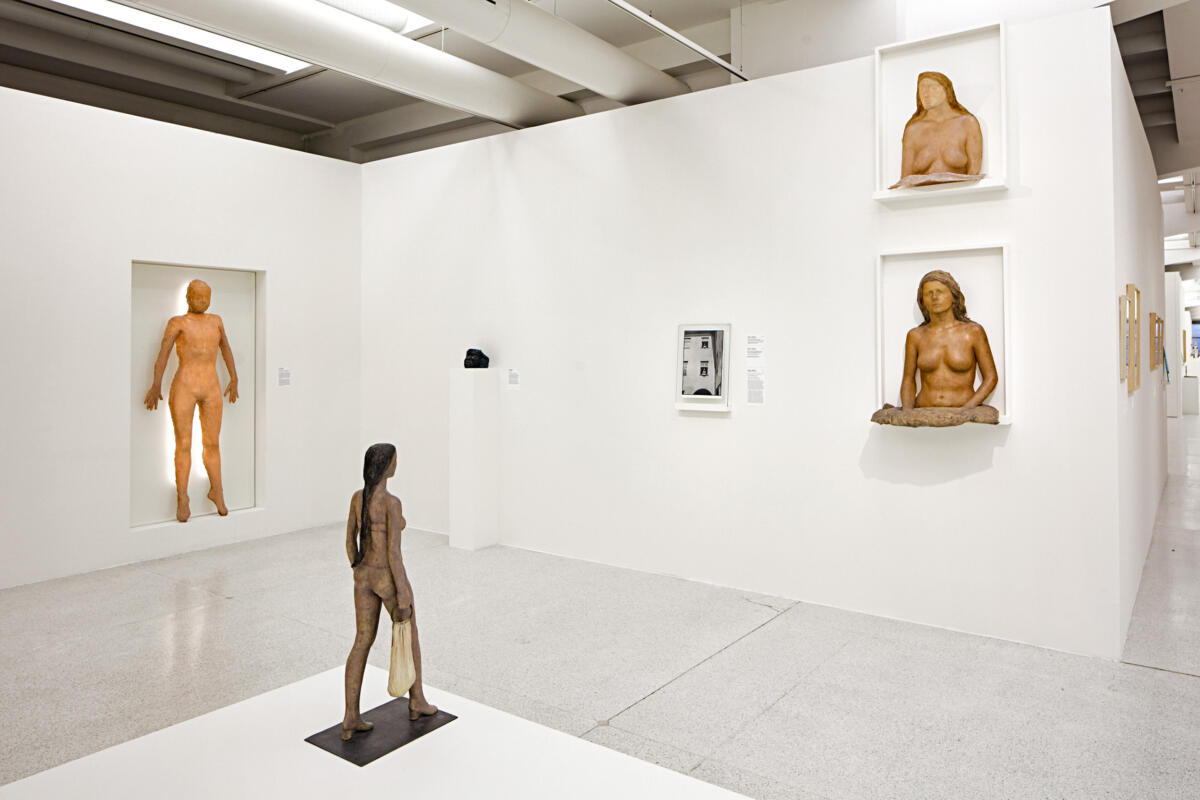
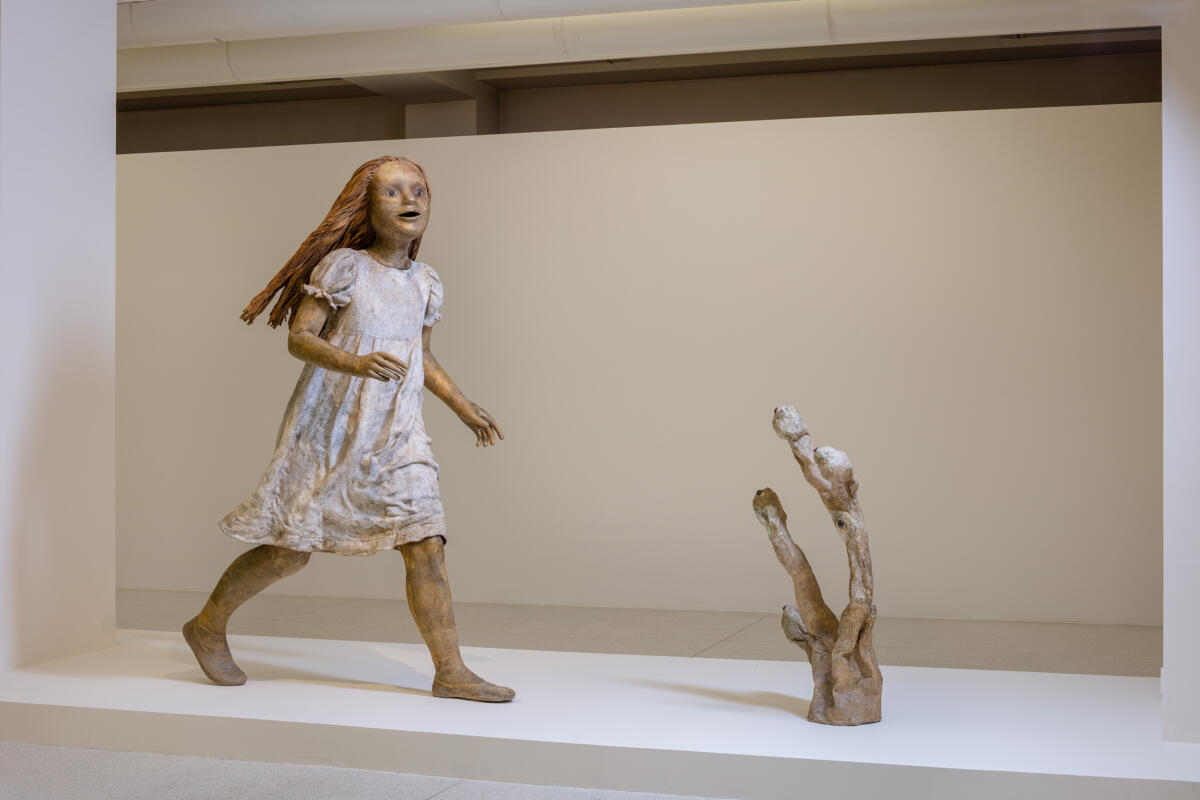
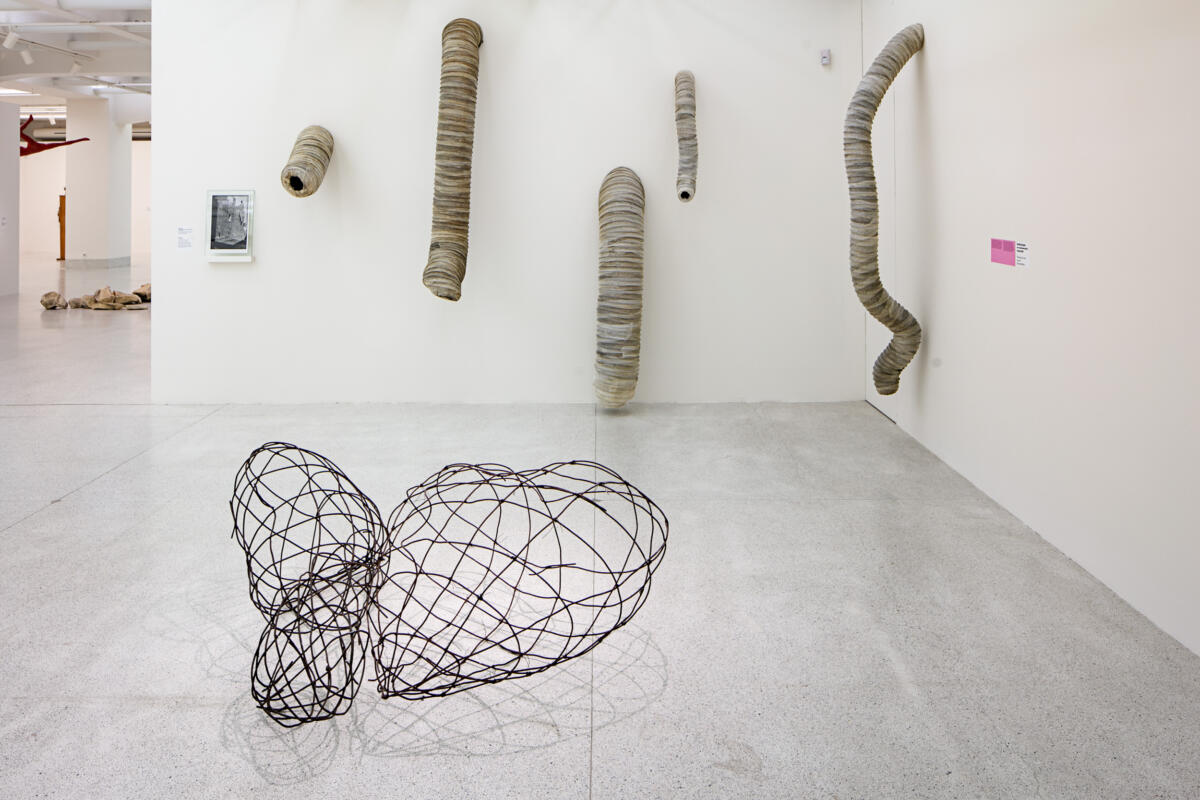
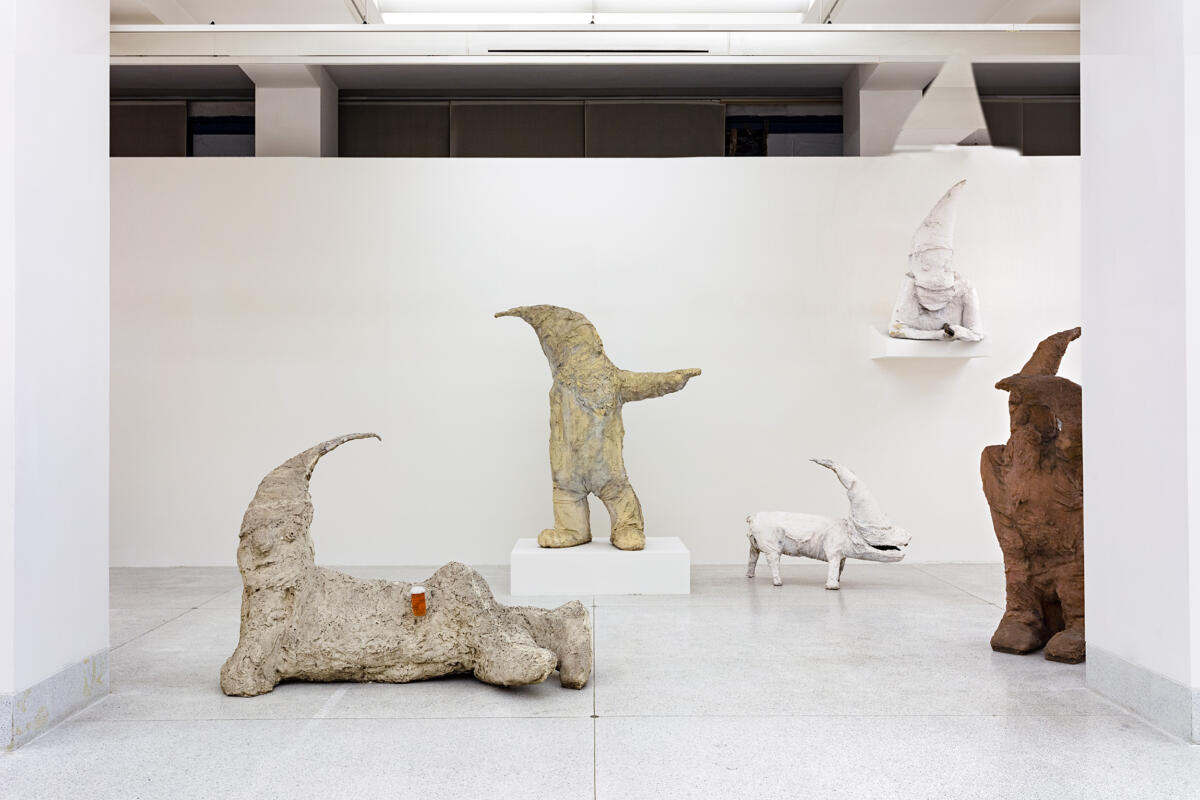

[CZ]
Kurt Gebauer (* 1941) vysvětluje své životní poslání dvojsmyslnou nadsázkou „obecního sochaře“. Již šest desítek let kultivuje a obhospodařuje veřejný prostor, většinu času i na úkor vlastního postavení. Jeho těžko zařaditelné pojetí živé figurace mátlo nejen politické cenzory předlistopadového režimu, ale i uměleckou scénu samu. Pečlivé studie prožívané skutečnosti lidského těla, jednou oslavy radostného života a přírody, jindy bryskní obžaloby společenské absurdity, groteskní, ironické i poeticky smutné, jej řadí mezi velké postavy českého 20. století dalším ztělesněním poetiky malého velkého člověka. Postavy, která nemění dějiny silou, ale vyprávěním, jemným humorem a hlubokou lidskostí.
Výstava je zatím nejuceleněji představeným souborem prací sochaře-malíře, který celý život soustředěně rozvíjí a střídá několik překrývajících se technik a témat a vrací se k nim. Rozhodli jsme se retrospektivu členit do snesitelné míry čistě chronologicky, bez jednotlivých kapitol, tak, aby toto plynutí v opakování vyznělo samo o sobě. Ať již je to vznášející se tělo i mysl plavkyň a létavců, těkavé pulzování života dívek na prahu mezi dětstvím a dospělostí, strnulost a nabubřelost gest a těl pomníkových konvencí, nebo do jednoduchosti a lehkosti vybroušená hloubka jeho satirických alegorií, zásahů do veřejného prostoru, Gebauerova díla vždy vyvolávají úsměv, zároveň však s opět typicky českým vědomím vlastní konečnosti, nicoty, která zůstává jaksi vždy na dosah.

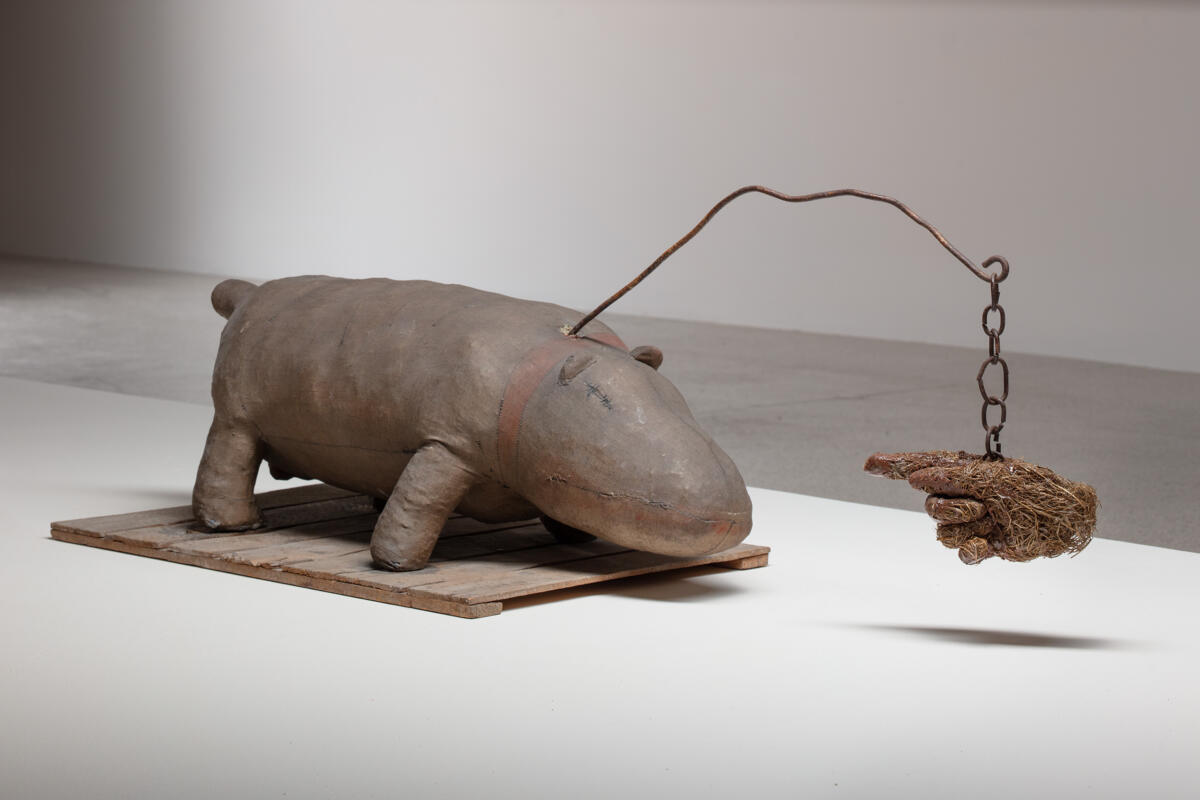
Obludy, skupinu rozteklých, z kamenných kvádrů složených hlav s mračícími se, někdy pootevřenými ústy, otevřeli na pražském sídlišti Dědina jako místní dětské hřiště v roce 1989 jen několik měsíců před revolucí. Otylé, z kopce na šedivé sídliště sebevědomě hledící hlavy, po jejichž temenech dodnes lezou malé děti, těžko mohly být doslovnější parodií vysokých funkcionářů minulého režimu. Gebauera za Obludy, v kterých parodoval papaláše, nestíhali, materiál byl dokonce zaplacen z peněz v rámci výstavby sídliště, která probíhala již od počátku 80. let. Přestože jsou Obludy jen jedním příkladem z mnoha bojů o veřejný prostor, které Kurt Gebauer dokázal za svůj život kličkováním, vytrvalostí a neústupností vyhrát, jsou také jedním z nejlepších svědectví účinnosti jeho metody, způsobu, jakým dokáže jednoduchou sochařskou formou říci celý příběh, nechat materiál zázračně oživnout a zcela překročit vybroušenou jednoduchost původního motivu do mnohovrstevnatého významu.
Důvodů, proč Gebauer nebyl perzekvován, ačkoliv ho lze považovat za jednoho z mála umělců, kteří svou tvorbou opravdu otevřeně kritizovali předlistopadový režim, je pravděpodobně více. Kromě nízkého dosahu a malé úcty, které výtvarné umění dodnes má v české společnosti, to pravděpodobně souvisí také s určitou neschopností represivních složek i ve vztahu ke Gebauerovu neukotvenému nomádství. Figurace, která i díky socialistickému realismu neměla od 60. let v sochařství silnou pozici, navíc i díky Gebauerovu záběru do určité míry světských témat, formálně neustále balancujících na hraně lidového vkusu, nemá v českém ani středoevropském umění mnoho srovnání. Gebauer se však také vymyká jiným autorům z okruhu české grotesky v tom, že jeho tvorba není zásadně ironická, ale spíše vnímavě poeticky humorná, není jen kritická, ale zároveň jaksi vždy soucítí. To, že přes cenzorské zásahy nikdy k trestnímu řízení nedošlo, může být důsledkem jeho těžké zařaditelnosti, ale i toho, že by v případném veřejném slyšení musel režim zpochybnit vlastní proklamovanou lidovost a hlavně přiznat, že trefná alegoričnost Gebauerových zvířátek, oblud a trpaslíků je vlastně založena na podobnosti, která je nepochybně skutečná.
Imprint
| Artist | Kurt Gebauer |
| Place / venue | National Gallery in Prague (Trade Fair Palace) Prague, Czechia |
| Dates | 5 March 2020 – 10 January 2021 |
| Curated by | Michal Novotný |
| Website | www.ngprague.cz |
| Index | Kurt Gebauer Michal Novotný National Gallery in Prague |

